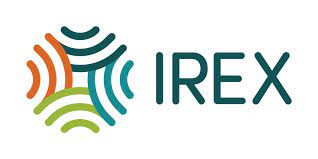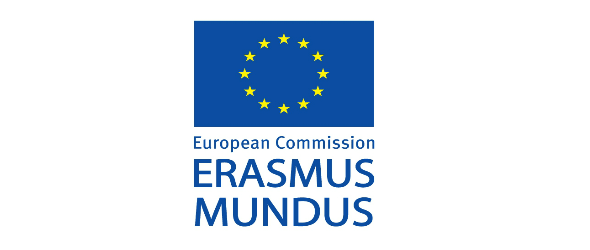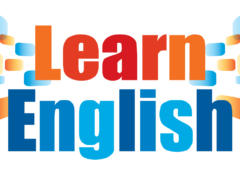The International English Language Testing System (IELTS) is an exam used to assess a test taker’s ability to speak, read, write and understand the English language. Over 6,000 different organizations, including colleges and universities, government agencies and corporations, recognize IELTS scores. IELTS is administered jointly by University of Cambridge ESO Examinations, British Council and IELTS Australia. About 1.7 million people take the exam every year.
Exams are offered up to four times each month at over 500 test centers in 125 countries. Visit www.ielts.org to find a location near you. Test application forms are available directly through the test center. Test candidates will need to show two recent passport photographs and a passport or national identity card when applying for the exam. Tests fees vary depending on the location of the exam.
Two exam formats are offered: academic and general training. The academic format is used for those who are applying for admission at English-speaking colleges or universities. The general training format is aimed at those who will be working, training or studying in an English-speaking country
Each test includes:
Listening
30 minutes are given for 40 questions following several different recordings.
Reading
60 minutes are given for 40 questions about three reading passages.
Writing
60 minutes are given for two writing tasks; a 150-word letter (for general training IELTS) and a 250-word response to a statement or question for an academic IELTS test.
Speaking
11 to 14 minutes of face-to-face interview time with a certified test examiner.
Score reports are available by mail approximately two weeks after the exam is taken. Candidates can take the exam as many times as they wish. Scores are reported on a scale of 1 to 9, one being a non-user and 9 being an expert user.
Generally speaking, the IELTS is taken by those who wish to study, live or work in a country where English is the primary language of communication.Specifically, the test is taken by three broad categories of people:
- Those who want to study English in a high-school, college or university in the United States, Canada, UK, South Africa, Australia or New Zealand
- Those wishing to apply for immigration to countries like Canada, Australia or New Zealand
- Those wishing to demonstrate their English proficiency to meet the needs of professional associations or regulatory agencies in several countries

























